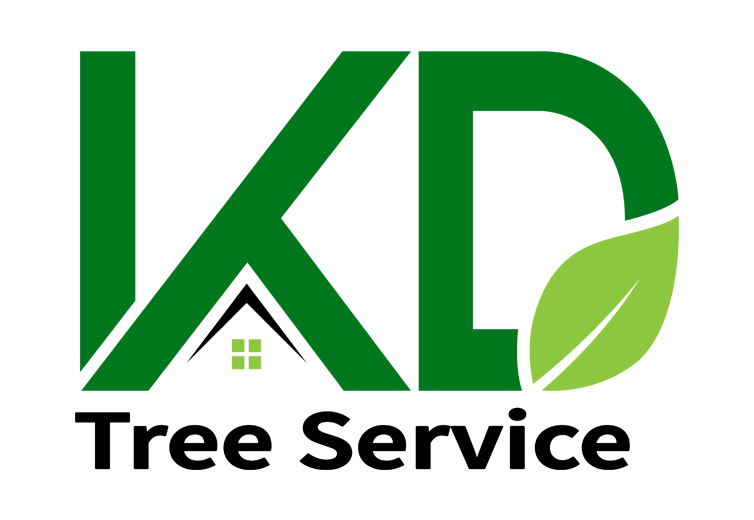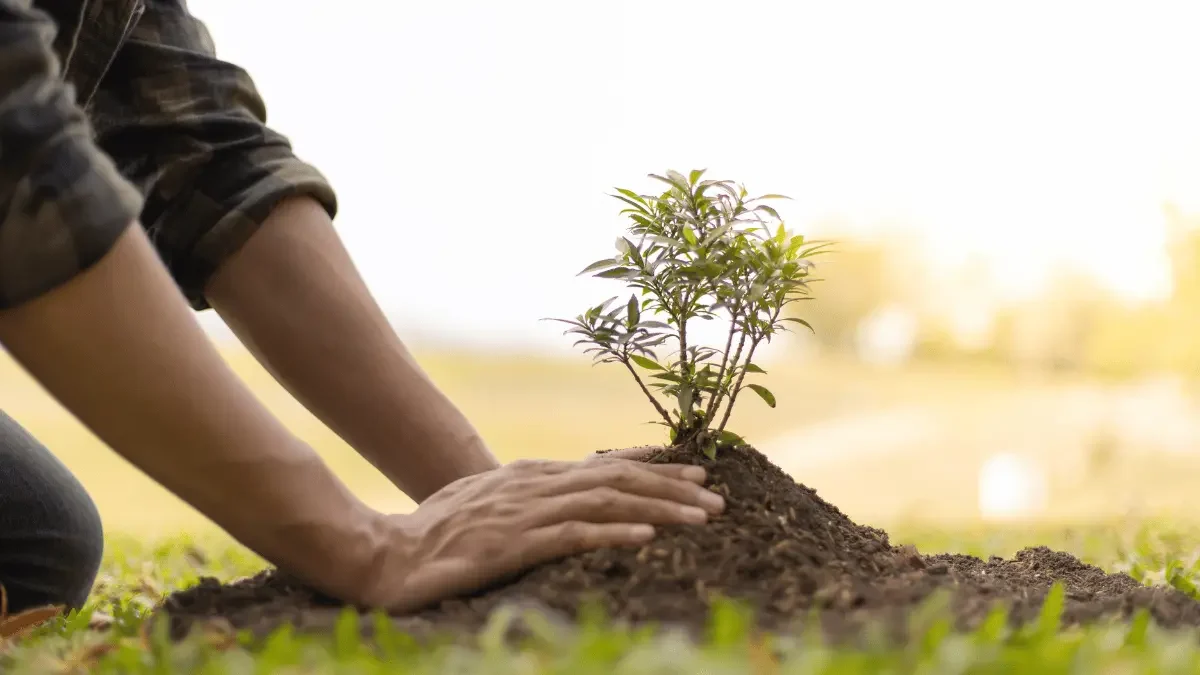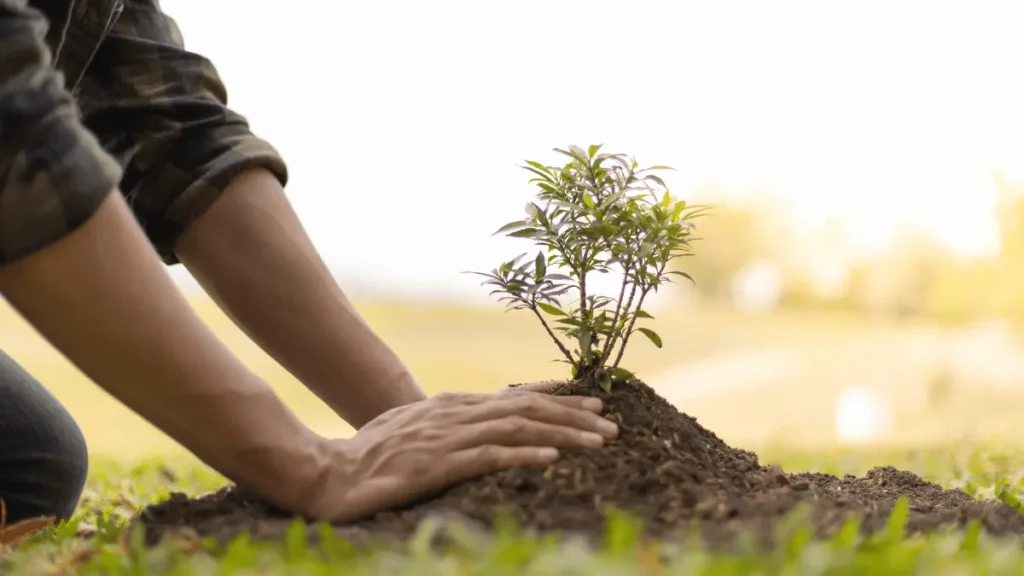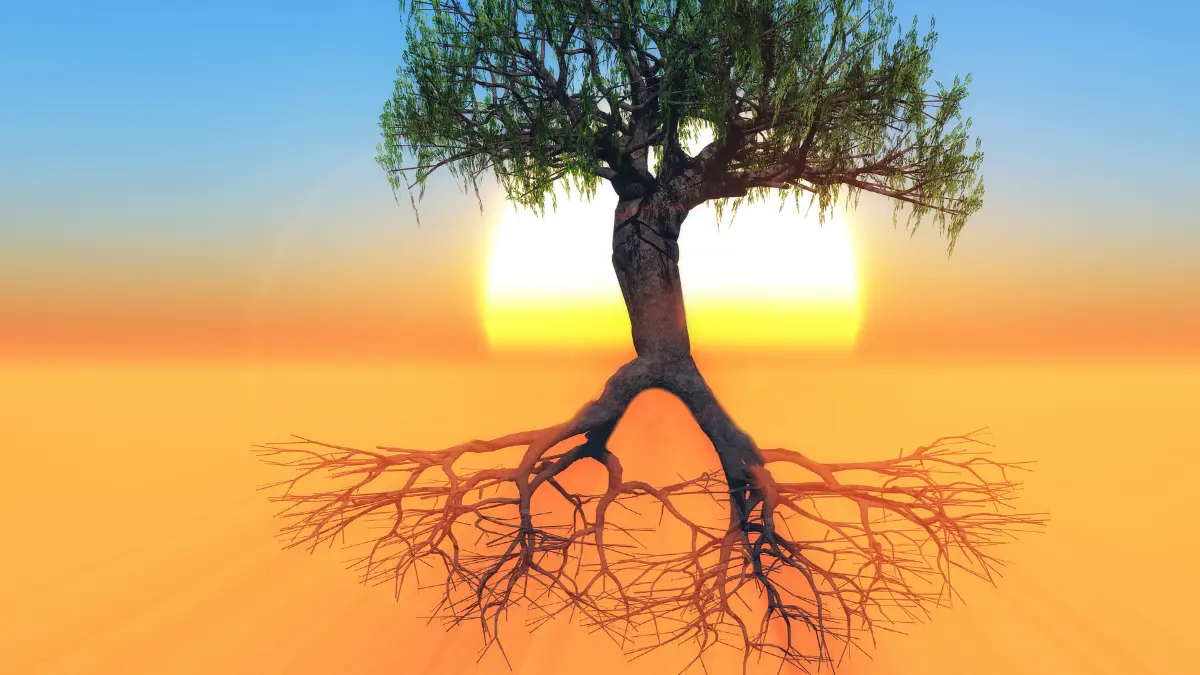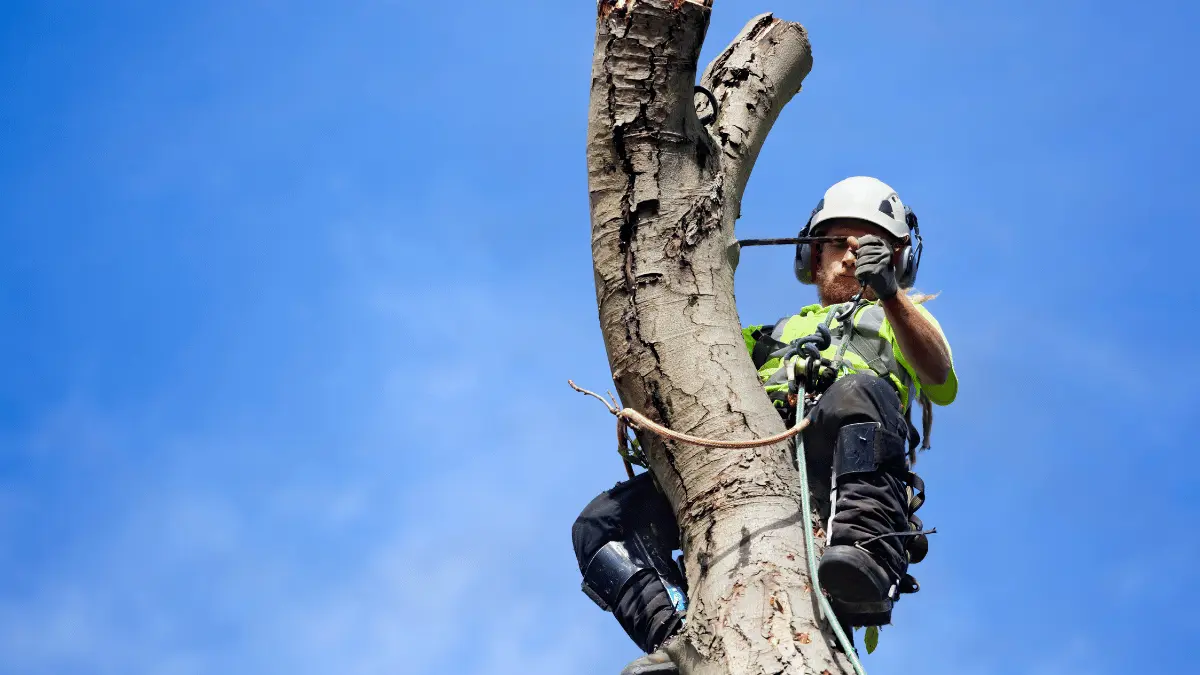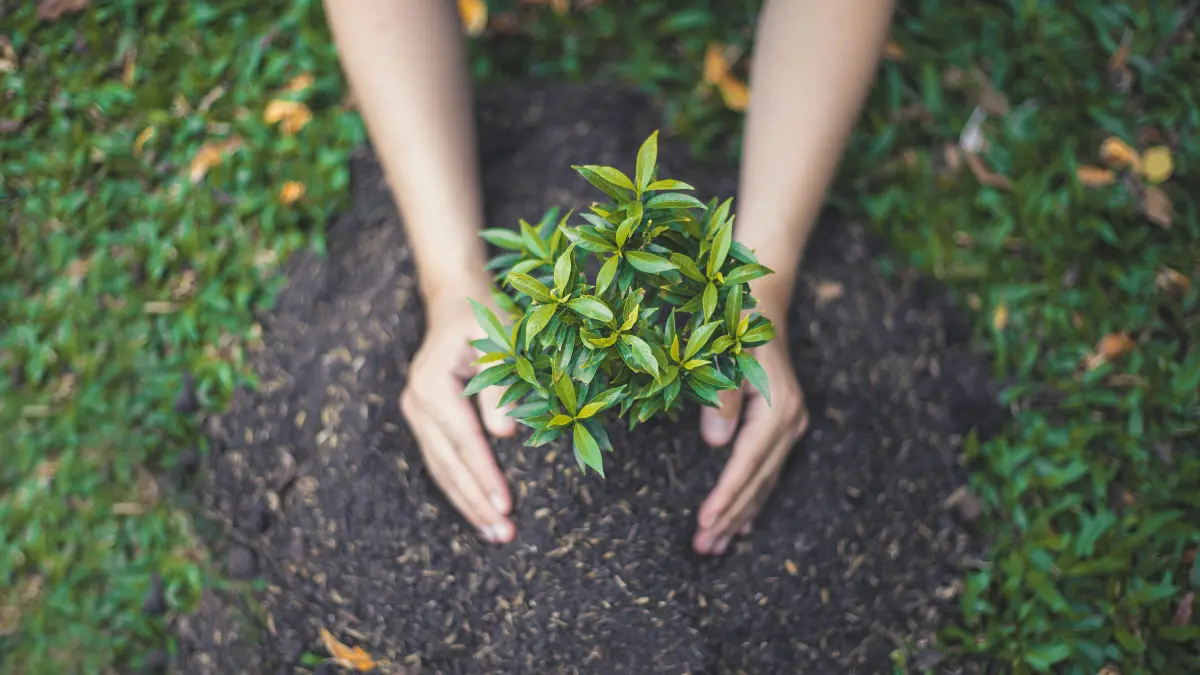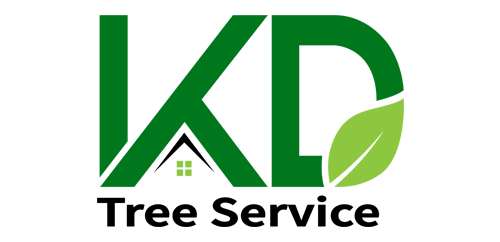First, we must inspect our trees to determine whether any damage has occurred as we begin the process of cleaning up our yards and landscapes after a Storm. There may be broken branches, uplifted roots, or even cracks that could cause problems later if not taken care of. By giving them the right care and helping them, we can make sure that our trees not only withstand this storm but also prepare for future ones.
How tree cabling helps with stability
Trees can take damage during a storm, giving the appearance that there is no future. It can cause serious limb damage or breakage. Additionally, it has the ability to rip or gouge the bark, as well as shred or peel the leaves off.
However, a tree may not necessarily die from what seems to be fatal wounds. After being damaged by a storm, trees have an amazing ability to recover. This is called Storm-damaged tree recovery.

How to save a tree that’s been damaged by a storm
Tree damage assessment after a storm
Assessing a storm-damaged tree’s general health and vigour is the first stage in the process. Using first aid procedures right after the storm should help the tree recover if it is generally healthy and has not sustained significant structural damage. It’s important to keep an eye on the tree before applying fertilizer because damaged trees sometimes don’t respond well to nutritional treatments. The best course of action is to let the tree heal itself or seek guidance from an experienced arborist.
The next crucial step is to determine whether the tree’s root system is stable and undamaged. The survival and recovery of the tree depend on an effective root system. The stability and health of the tree may be at risk if the roots are broken or exposed. In such instances, get advice from an experienced person to decide on the best course of action.
Lastly, the loss of the leader, which is the main upward-trending branch on most trees, should be assessed. The loss of the leader may affect the tree’s ability to recover
After assessing tree health after wind damage,

Steps to take to repair a storm-damaged tree
1. Treat Trees After a Storm Damage
The question that arises after deciding to Repairing trees after a storm, “Can I do the tree storm damage repair myself, or do I seek expert assistance?”
Hiring a trained specialist to complete the work can be preferable. However, if you are able to work and have experience with such equipments, you can do it.
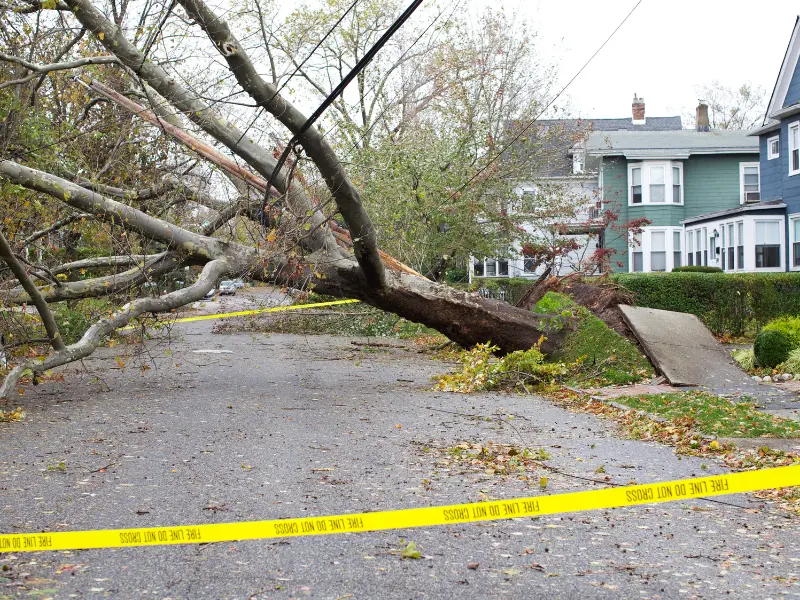
2. Removal of Branches
Pruning shears or a pole pruner can be used to trim branches that are smaller than three inches in diameter. A clean cut can be made with a sharp shear or pruner that is positioned precisely. Additionally, it reduces cleanup time by half and will not tear or break bark tissue.
Larger branches should be cut off using a sharp saw. When using a power saw, you will also require a safety line and harness.
The most efficient and safest method for cutting large branches is the 3-cut approach. This is due to the fact that they don’t further harm the tree.
If storm-damaged trees are not trimmed carefully, they may sprout excessively or lose entire branches. Additionally, it may cause more problems to arise in the future. This is because these sprouts are typically short-lived and poorly connected.

3. Torn Bark
In some cases, bark tearing occurs on large branches or the main stem. This is most frequent when lightning strikes trees.
Trim every loose bark back to the region where it is connected. Avoid making deep cuts into the tree’s wood. This technique of bark-cutting is known as bark tracing.
If possible, cut every bark incision into an oval shape. This will minimize the trace as much as possible. In large areas, this could be difficult. Additionally, this kind of bark pruning encourages quick healing with less wood decay.
Trim every loose bark back to the region where it is connected. Avoid making deep cuts into the tree’s wood. This technique of bark-cutting is known as bark tracing.
If possible, cut every bark incision into an oval shape. This will minimize the trace as much as possible. In large areas, this could be difficult. Additionally, this kind of bark pruning encourages quick healing with less wood decay

4. Split Forks
It is possible to fix some partially damaged forks or the main branches without having to cut off one or both branches. Most homeowners cannot complete this task unless they have prior experience.
You can reassemble the divided pieces if the break is almost equal. After that, fasten them using a threaded screw rod and a wide-diameter steel bolt that are placed across the split area.
Pulling the split together is the first step in the proper repair process. A small tackle, block, or winch can be used for this.
Place them six to eight feet or more above the split to maximize leverage. Once the rod or bolt is in position, drill holes in both divided halves.
Two or more bolts may be required for long split areas. In addition to the bolts, it is usually advantageous to place a steel cable between the split fork’s two main branches a few feet above the split.
Attach the cable using lag screws to each branch. Eventually, the cable will girdle the branch if you wrap it around it. The purpose of this cable system is to hold the crotch together. It reduces the likelihood of more harm as a result.

5. Wound treatment
After pruning storm-damaged trees, apply pruning paint or wound dressing to any wounds larger than 1½ to 2″ in diameter. Dressings and paints are unlikely to speed up healing. However, they may stop drying and have an aesthetic influence.
There are numerous commercial products available. You may also apply a few coats of orange shellac. This method can also be used to remediate damaged bark regions that have been traced.
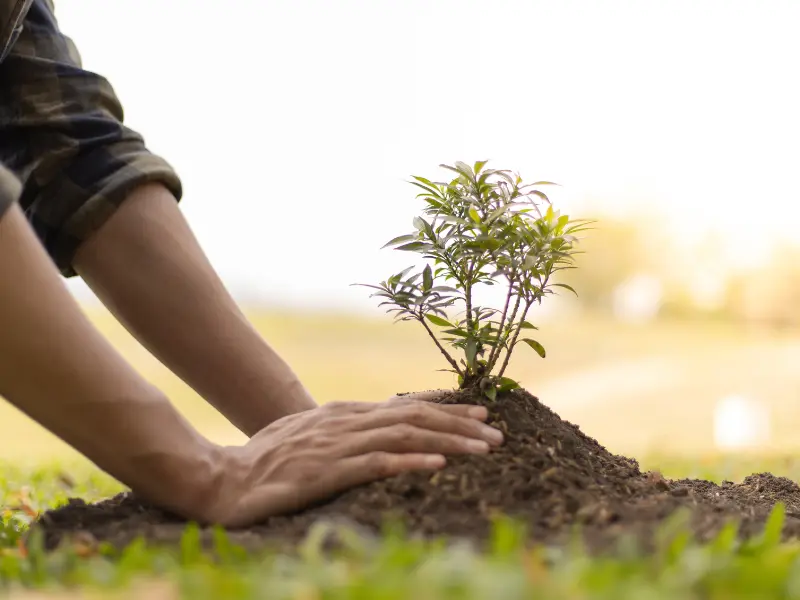
6. Tree root damage from storms
Severe storms may uproot trees. You can’t save a tree that’s too big. In this instance, cutting down storm-damaged trees is necessary.
You could straighten and stabilize smaller trees with guy cables or wires. To pull the tree upright, you will need a power lift or other equipment.
You should not use this procedure unless 1/3 to 1/2 of the roots remain in the soil. The remaining visible roots are often compact and undamaged.
Before raising the tree upright, remove some dirt from beneath its root mass.
This will help to put the roots below the current soil grade level. Once the tree has been restored to its upright posture, fill in any soil gaps.
Water the trees to help the soil firm up and reduce air pockets.
Tie two or three guy lines to the trunk at about 2/3 of the tree’s height. Also, do this with anchors 12 to 15 feet from the tree’s base. This is to keep the tree in place, just like it is usual with newly transplanted trees.
Conclution
Do you know what? A huge storm does not necessarily indicate the end for your large trees.
Contact a reputable tree service for the perfect Emergency tree care after storms.
If the storm has already hit, a trustworthy tree service can help you save livable trees while removing damaged ones. Not only that, you will be able to get details regarding how to help a storm-damaged tree recover, the steps of Storm-damaged tree care, and much more advice to maintain a healthy tree.
KD Tree Services provides experienced tree services, storm damage treatment, and Tree storm damage repair for every client. This covers storm-damaged tree removal, landscaping, and trimming. We are dedicated to preserving and enhancing the beauty of your yard.
Call us today, and our staff members are going to respond right away.

